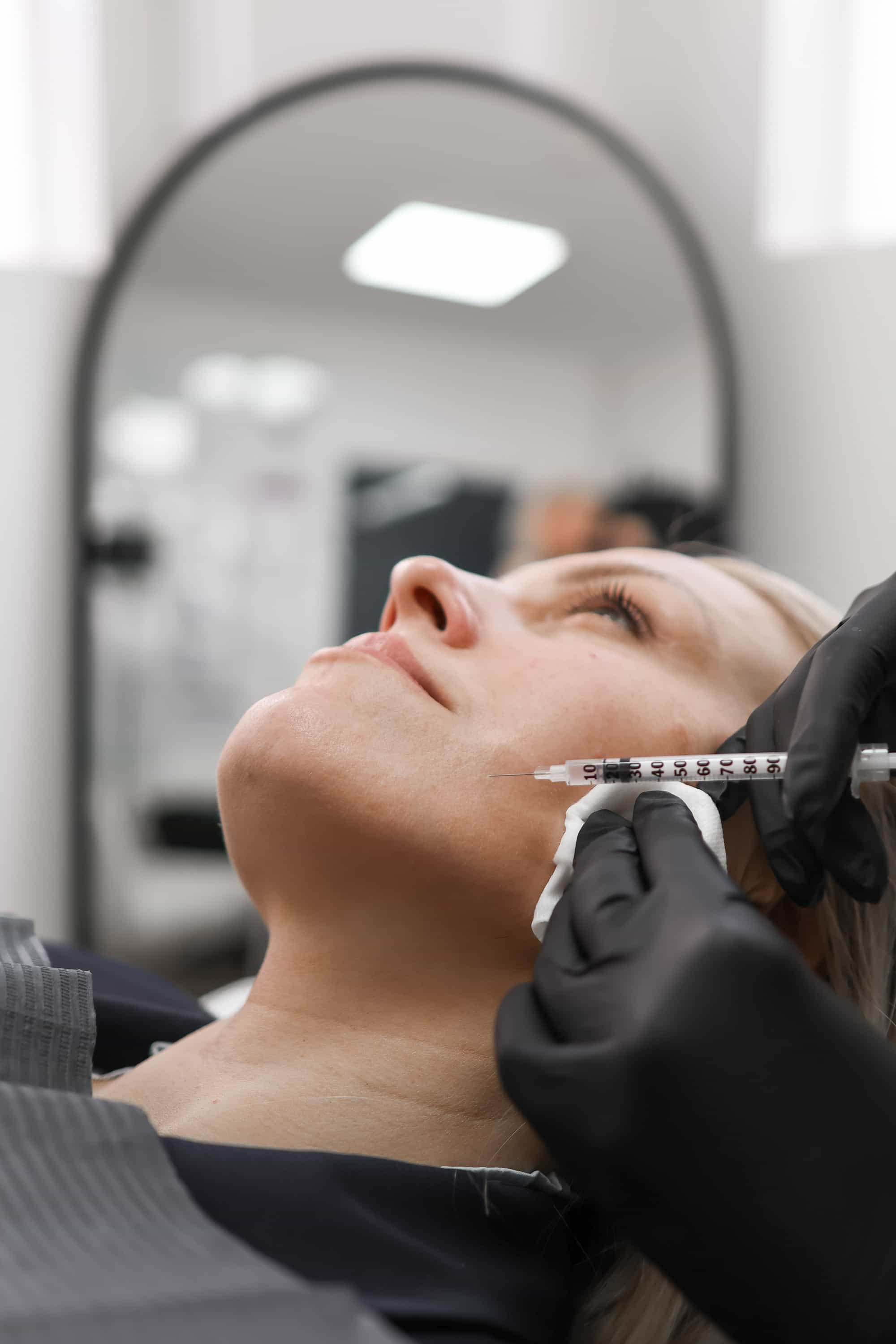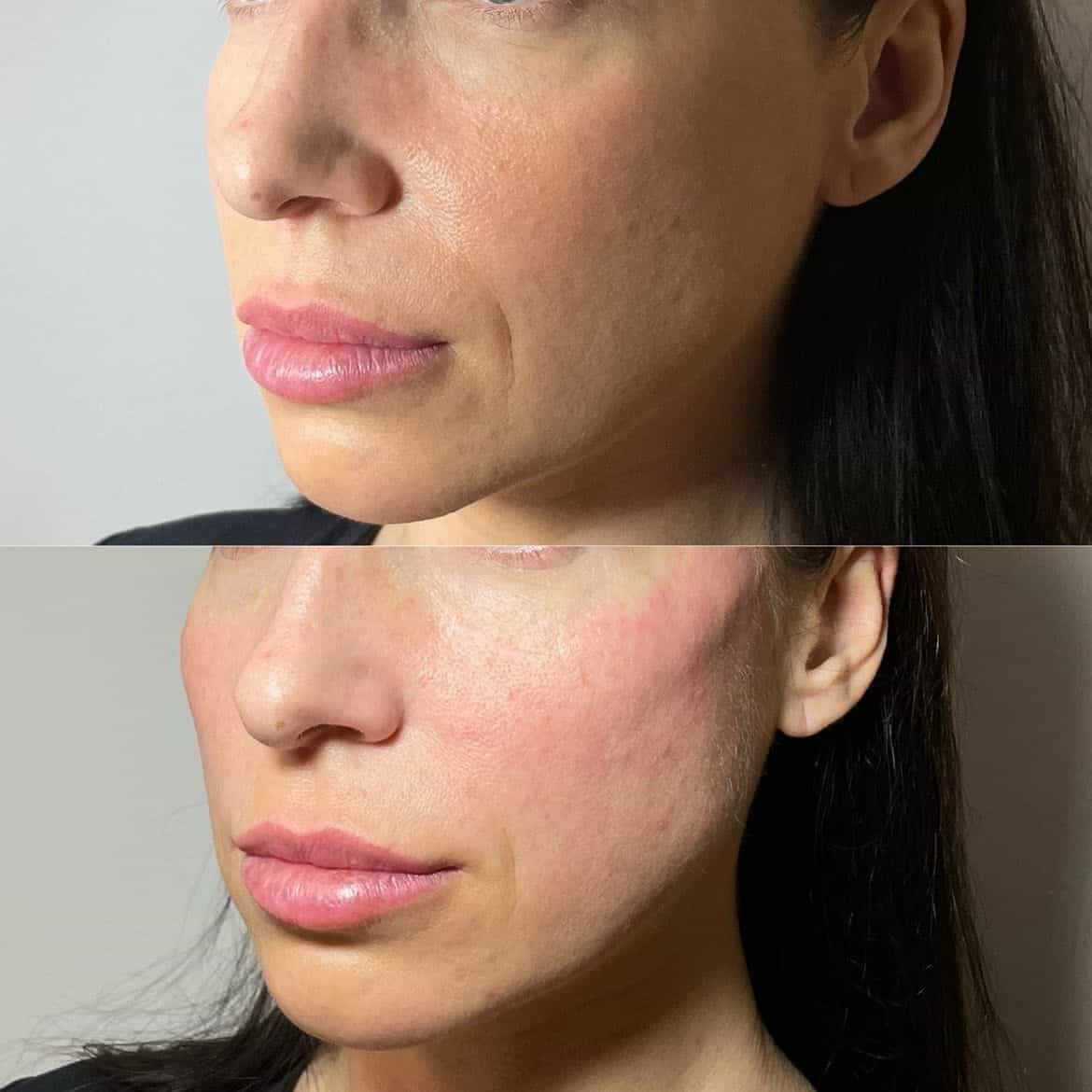Psychological Impact
Psychological impact plays a significant role in shaping our perception of others and ourselves. A subtle yet powerful cue in non-verbal communication, facial expressions convey a wealth of information about emotions, intentions, and social dynamics. This exploration delves into the intriguing phenomenon of downturned smiles, examining their influence on both facial expressions and how they are perceived by others.
Emotional Connotation
Downturned smiles, often associated with sarcasm or insincerity, hold a unique place in our understanding of human expression. These subtle variations in facial muscle contractions can evoke a range of emotional responses, from amusement to suspicion, depending on the context and individual interpretation.
The emotional connotation attached to downturned smiles stems from the way they deviate from the typical “happy” smile, characterized by upward-turned corners of the mouth. This departure from the norm triggers a cognitive dissonance, prompting viewers to question the sincerity behind the expression.
This perceived incongruence between the facial display and the expected emotional response can lead to feelings of confusion, distrust, or even anger.
Cognitive Biases
Cognitive biases heavily influence our interpretation of downturned smiles. The halo effect, for instance, leads us to judge individuals based on initial positive impressions, making it harder to perceive insincerity in a downturned smile from someone we initially find likeable. Conversely, the confirmation bias might cause us to interpret a downturned smile as evidence of deceit if we already harbor suspicions about an individual.
Another relevant bias is the negativity bias, our tendency to focus more on negative information than positive. This can amplify the perception of insincerity in a downturned smile, as we may overemphasize its potential negative connotations.
Understanding these cognitive biases is crucial for accurately interpreting facial expressions, especially complex ones like downturned smiles.
Physiological Effects
Physiological effects play a significant role in shaping our perceptions of facial expressions. The subtle interplay of muscle movements creates a visual language that conveys a wealth of information about emotions, intentions, and social cues. Downturned smiles, for instance, offer a fascinating example of how subtle variations in muscle contractions can drastically alter the perceived meaning of a smile.
Facial Muscle Activation
Facial expressions are complex constructions involving the coordinated activation of numerous muscles in the face. Each muscle’s unique action contributes to the overall expression conveyed. Downturned smiles, characterized by corners of the mouth pulling downwards rather than upwards, involve specific muscle contractions that differ from typical genuine smiles. The zygomatic major muscle, responsible for lifting the corners of the mouth during a smile, is less engaged in downturned smiles. Instead, muscles like the depressor anguli oris and the depressor labii inferioris are more active, pulling the corners of the mouth downwards.
This distinct pattern of muscle activation distinguishes downturned smiles from genuine expressions of happiness. The subtle differences in muscle engagement create a visual cue that signals incongruence between the intended emotion (happiness) and the actual facial display.
Hormonal Response
Physiological effects play a crucial role in shaping our perception of emotions conveyed through facial expressions. The human face is a complex tapestry of muscles, each with its unique function in contributing to the overall expression. When it comes to smiles, the subtle interplay of these muscles can significantly alter their meaning.
Genuine smiles, associated with happiness and positivity, involve the coordinated activation of several facial muscles. The zygomatic major muscle, responsible for lifting the corners of the mouth, plays a key role in creating the characteristic upward curvature. Other muscles like the levator labii superioris and orbicularis oculi also contribute to the fullness and genuineness of the smile.
In contrast, downturned smiles deviate from this pattern. While they may superficially resemble a smile due to the presence of lip movement, they lack the characteristic upward turn and muscle engagement associated with genuine happiness. The zygomatic major is less active in downturned smiles, while muscles like the depressor anguli oris and depressor labii inferioris take over, pulling the corners of the mouth downwards.
This distinct pattern of muscle activation creates a visual cue that signals incongruence between the intended emotion (happiness) and the actual facial display. Our brains are attuned to these subtle muscle movements, allowing us to decipher the underlying emotional state even when presented with potentially misleading expressions.
Social Perception
Social perception is a complex process by which we form impressions of others based on their behavior, appearance, and context. Facial expressions play a crucial role in this process, serving as powerful nonverbal cues that convey a wealth of information about emotions, intentions, and social dynamics.
Trust and Credibility
Downturned smiles can significantly impact how individuals are perceived. This incongruence between the expected happy expression and the downturned corners of the mouth can lead to a perception of insincerity, skepticism, or even hostility.
Trust is fundamental in social interactions. When someone presents a downturned smile, it can erode trust as it signals a potential lack of genuineness. This can hinder the formation of strong bonds and positive relationships.
Credibility, essential for effective communication and leadership, is also affected by facial expressions. Downturned smiles can undermine an individual’s credibility by casting doubt on their honesty and intentions.
Attractiveness and Approachability
The impact of downturned smiles extends beyond simply altering facial expression; they significantly influence social perception and the dynamics of interactions.
Attractiveness, a subjective assessment of physical appeal, can be affected by downturned smiles. When someone smiles genuinely, it often enhances their perceived attractiveness as it signals friendliness, approachability, and warmth. However, downturned smiles, due to their association with insincerity or negativity, may detract from perceived attractiveness.
Approachability, the likelihood of someone being receptive to social interaction, is also influenced by facial expressions. A genuine smile conveys openness and willingness to engage, making someone appear more approachable. Conversely, downturned smiles can signal reluctance or disinterest, potentially hindering attempts to initiate interaction.
Understanding how downturned smiles impact these crucial aspects of social perception is essential for effective communication, relationship building, and navigating social situations.
Nonverbal Communication

Social perception, the process of forming judgments about others based on their behavior and appearance, is heavily influenced by facial expressions.
Downturned smiles, while superficially resembling a smile, possess unique characteristics that significantly impact how individuals are perceived.
This incongruence between the expected happy expression and the downturned corners of the mouth often leads to interpretations of insincerity, skepticism, or even hostility.
Trust, a cornerstone of social interaction, can be eroded by downturned smiles as they signal a potential lack of genuineness. This diminished trust can hinder the formation of strong bonds and positive relationships.
Credibility, essential for effective communication and leadership, is also affected. Downturned smiles can undermine an individual’s credibility by casting doubt on their honesty and intentions.
The impact extends beyond altering facial expression; downturned smiles significantly influence social perception and the dynamics of interactions.
Cultural Variations
English, despite being a global language, exhibits significant cultural variations in its usage. These variations encompass not only vocabulary and grammar but also subtle nuances in pronunciation, intonation, and even nonverbal communication like facial expressions. Understanding these cultural differences is crucial for effective cross-cultural communication and avoiding misunderstandings.
Cross-Cultural Interpretations

Cultural variations can significantly influence the perception and interpretation of downturned smiles. What might be perceived as insincere or sarcastic in one culture could be interpreted differently in another.
- In some cultures, a downturned smile might be a common way to express politeness or deference, particularly when interacting with superiors or elders.
- Other cultures may associate downturned smiles with amusement, irony, or even self-deprecation.
- It is essential to consider the cultural context when interpreting facial expressions to avoid misjudgments and foster effective cross-cultural communication.
Social Norms
Cultural variations can significantly influence the perception and interpretation of downturned smiles. What might be perceived as insincere or sarcastic in one culture could be interpreted differently in another.
In some cultures, a downturned smile might be a common way to express politeness or deference, particularly when interacting with superiors or elders.
Other cultures may associate downturned smiles with amusement, irony, or even self-deprecation. It is essential to consider the cultural context when interpreting facial expressions to avoid misjudgments and foster effective cross-cultural communication.
Therapeutic Applications
The subtle language of facial expressions plays a profound role in shaping our understanding of others and ourselves. Downturned smiles, often perceived as insincere or sarcastic, offer a fascinating glimpse into the complexities of nonverbal communication. This exploration delves into the intriguing phenomenon of downturned smiles, examining their influence on both facial expressions and how they are perceived by others.
Understanding Mental Health Conditions
Therapeutic applications leverage our understanding of mental health conditions to help individuals improve their well-being.
Mental health conditions encompass a wide range of disorders that affect mood, thinking, behavior, and overall functioning. These conditions can significantly impact an individual’s life, affecting their relationships, work, and overall quality of life.
Therapeutic interventions aim to alleviate symptoms, improve coping mechanisms, and enhance overall well-being. Different therapeutic approaches are available, each with its unique principles and techniques.
Psychotherapy, often referred to as “talk therapy,” involves working with a trained mental health professional to explore thoughts, feelings, and behaviors. Common types of psychotherapy include cognitive-behavioral therapy (CBT), psychodynamic therapy, and interpersonal therapy.
Medication can also be an effective treatment for certain mental health conditions. Psychiatrists can prescribe medications that target specific neurochemical imbalances associated with disorders like depression, anxiety, and bipolar disorder.
Other therapeutic approaches include lifestyle changes, such as exercise, healthy diet, and stress management techniques, which can play a significant role in supporting mental well-being.
Understanding the various symptoms, causes, and treatments for mental health conditions is crucial for providing effective care and support.
Emotional Regulation Techniques
Emotional regulation techniques are vital tools for managing difficult emotions and promoting overall well-being. They involve developing strategies to understand, acknowledge, and respond to emotions in a healthy and constructive manner.
Mindfulness practices, such as meditation and deep breathing exercises, can help individuals become more aware of their emotions without judgment. By cultivating present-moment awareness, mindfulness promotes emotional regulation by allowing individuals to observe their feelings without becoming overwhelmed by them.
Cognitive restructuring involves identifying and challenging negative or distorted thought patterns that contribute to emotional distress. By reframing unhelpful thoughts and adopting more balanced perspectives, individuals can regulate their emotions more effectively.
Relaxation techniques, such as progressive muscle relaxation and guided imagery, can help reduce physical tension associated with strong emotions. By calming the body, these techniques create a sense of tranquility that supports emotional regulation.
Journaling serves as a valuable tool for processing emotions. Writing about experiences and feelings allows individuals to gain clarity, identify patterns, and develop strategies for managing them.
Emotional intelligence (EQ) refers to the ability to recognize, understand, manage, and utilize emotions effectively. Developing emotional intelligence is crucial for building healthy relationships, navigating social situations successfully, and achieving personal fulfillment.
Self-awareness, a key component of EQ, involves being aware of one’s own emotions, their triggers, and their impact on thoughts and behavior. By understanding their emotional patterns, individuals can better regulate their responses and make conscious choices.
Empathy, another important aspect of EQ, is the ability to understand and share the feelings of others. Empathetic individuals are more attuned to the emotions of those around them and can respond with compassion and understanding.
Emotional regulation is a fundamental skill that empowers individuals to navigate the complexities of life effectively. By developing and practicing these techniques, individuals can cultivate greater emotional well-being and build stronger, healthier relationships.
Book your next smile treatment at It’s Me & You Clinic today.
- Brenda Lee Quotes - September 12, 2025
- Botox For Lifting And Firming In Chipstead, Surrey - September 11, 2025
- Bob Iger Quotes - September 10, 2025
